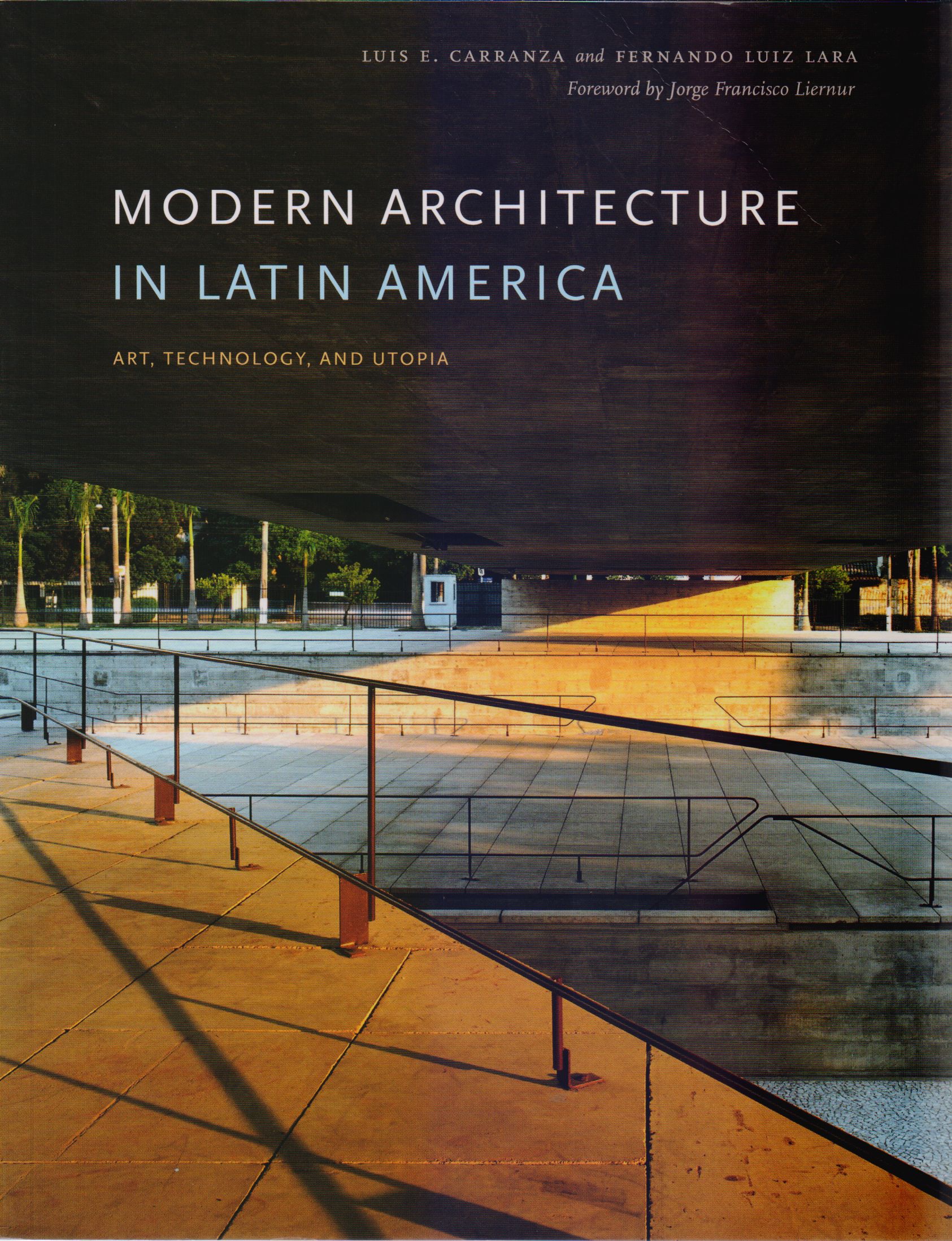Libros relacionados
 |
Classical Mexican Cinema, The: The Poetics Of The Exceptional Golden Age Films Ramírez Berg, Charles University Of Texas Press |
 |
Modern Architecture In Latin America: Art, Technology, And Utopia Carranza, Luis E. / Luiz Lara, Fernando University Of Texas Press |
 |
Architecture And Cities Of Northern México From Independence To The Present, The Burian, Edward University Of Texas Press |
 |
Twentieth- Century Art Of Latin America Barnitz, Jacqueline / Frank, Patrick University Of Texas Press |
 |
Border Odyssey: Travels Along The U. S. / México Divide D. Thompson, Charles Jr. University Of Texas Press |
 |
María Izquierdo & Frida Kahlo: Challenging Visions In Modern Mexican Art Deffebach, Nancy University Of Texas Press |


|
Título: Reconsidering Olmec Visual Culture The Unborn, Women, And Creation | |
| Autor: Tate, Carolyn E. | Precio: $1040.00 | |
| Editorial: University Of Texas Press | Año: 2012 | |
| Tema: | Edición: 1ª | |
| Sinopsis | ISBN: 9780292728523 | |
| Recently, scholars of Olmec visual culture have identified symbols for umbilical cords, bundles, and cave-wombs, as well as a significant number of women portrayed on monuments and as figurines. In this groundbreaking study, Carolyn Tate demonstrates that these subjects were part of a major emphasis on gestational imagery in Formative Period Mesoamerica. In Reconsidering Olmec Visual Culture, she identifies the presence of women, human embryos, and fetuses in monuments and portable objects dating from 1400 to 400 BC and originating throughout much of Mesoamerica. This highly original study sheds new light on the prominent roles that women and gestational beings played in Early Formative societies, revealing female shamanic practices, the generative concepts that motivated caching and bundling, and the expression of feminine knowledge in the 260-day cycle and related divinatory and ritual activities.
Reconsidering Olmec Visual Culture is the first study that situates the unique hollow babies of Formative Mesoamerica within the context of prominent females and the prevalent imagery of gestation and birth. It is also the first major art historical study of La Venta and the first to identify Mesoamerica's earliest creation narrative. It provides a more nuanced understanding of how later societies, including Teotihuacan and West Mexico, as well as the Maya, either rejected certain Formative Period visual forms, rituals, social roles, and concepts or adopted and transformed them into the enduring themes of Mesoamerican symbol systems. |
||
Librería Bonilla SA de CV © Todos los derechos reservados. 2019
Última actualización: Jul 2019




